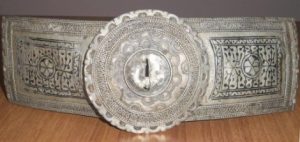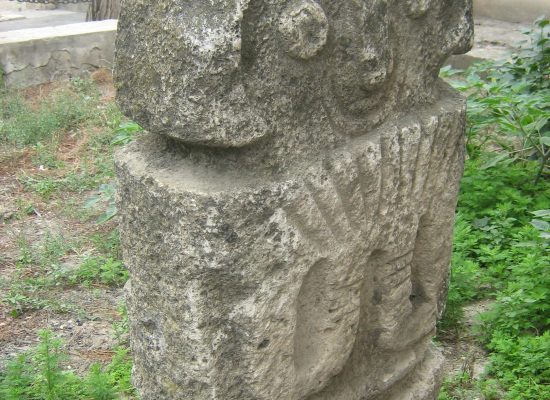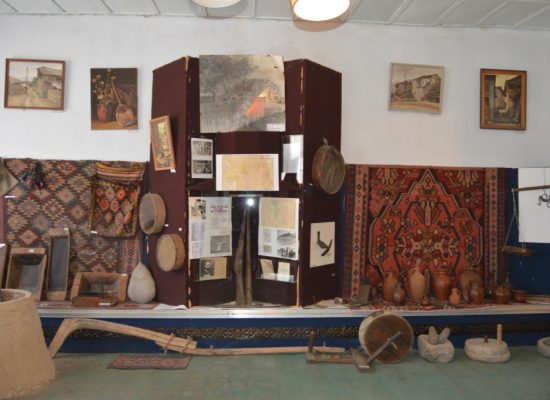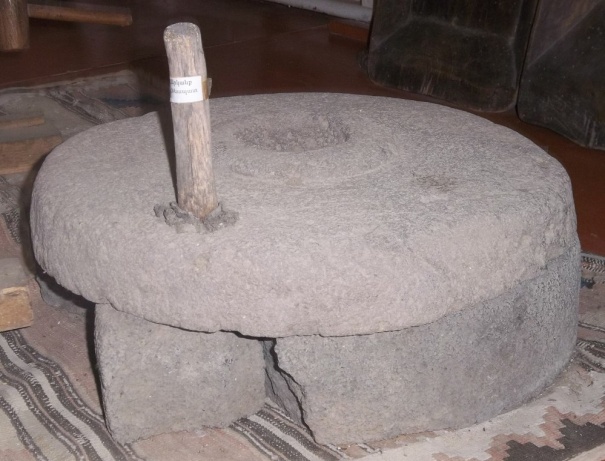
Askeran Historical-Geological Museum
Date of construction:
Location: Askeran
Askeran Historical and Geological Museum was founded in 1996.
The museum has 407 exhibits and consists of two sections. The first section of martial arts contains scientific works, books, photographs about the Great Patriotic War and the First Nagorno-Karabakh War, personal files, and photo albums of the fallen freedom fighters, as well as active participants in the hostilities.
The Department of Archeology and Ethnography contains geological and ethnographic materials, photographs of historical and architectural monuments and villages of Artsakh, books on the history and culture of Armenia, photographs, as well as archival documents, memoirs on the history of the Artsakh liberation struggle.
Admission to the museum is free.
Address: Askeran, N. Stepanyan 14
The total area of the two rooms of the museum is 72 m2. It has 2 halls.
– Martial Arts
– Archeology and ethnography.
(Monday-Friday, 9: 00-18: 00, break: 13: 00-14: 00. Admission is free.)
Pictures:
- Yerkank (stone), end of XVIII century. It was found in the administrative territory of Khnapat village, Askeran region, NKR, on the land plot near the house of one of the residents. It was donated to the museum on January 26, 1997.
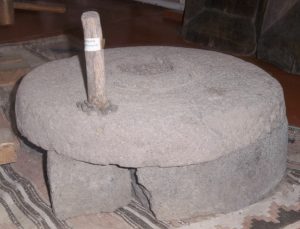
- Sanderk (wood, iron), mid-19th century. It was found by the villagers in the territory of Khramort village of NKR Askeran region. It was donated to the museum on February 2, 1997.

- Karas (clay), end of XVIII century. Found in Askeran. It has long been used to preserve agricultural products and wine. It was donated to the museum on February 16, 1997.
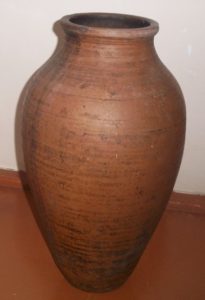
- Plate (clay), end of XVIII century. It was found in the territory of Khramort village of NKR Askeran region. It has been used for household purposes for a long time. It was donated to the museum on December 12, 2003.
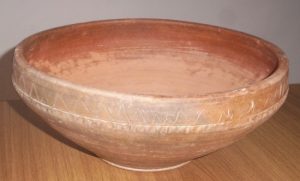
- Kettle (clay), end of XVIII century. Found in Askeran. It was donated to the museum on March 2, 2004.

- Belt clasp (silver). It was donated as an exhibit by the NKR Department of Tourism and Historical Environment Protection on January 23, 2006.
